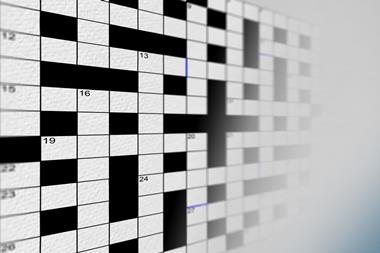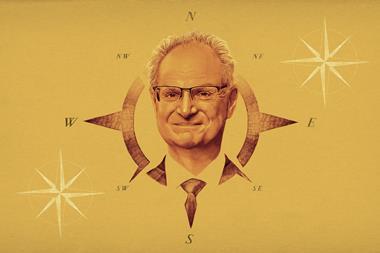Obsessive genius: the inner world of Marie Curie
Obsessive genius: the inner world of Marie Curie
Barbara Goldsmith
London, UK: Weidenfeld and Nicholson | 2005 | 256pp | ?14.99 (HB) | ISBN 0297847678
Reviewed by Dennis Rouvray
The accomplishments of Marie Curie were so extraordinary that it is hardly surprising she became a legend in her own lifetime. Marie was the only woman ever to be awarded two Nobel prizes, the physics prize in 1903 for the discovery of radioactivity and the chemistry prize in 1911 for her isolation of the elements polonium and radium. She was also the first woman to be granted a degree in physics and the first to be appointed to a professorship at the Sorbonne in Paris. Honours were showered upon her, such as the Royal Society’s Davy Medal, later in her career.
Marie also founded a Curie dynasty: her daughter Ir?ne - largely trained by her - won the physics Nobel prize in 1935 for her discovery of artificial radioactivity, and her granddaughter H?l?ne was involved in the creation of the first atomic pile in France.
Marie’s reputation has continued to grow since she died in 1934. She became so revered in France that in 1995 her ashes were ceremonially reinterred in the Panth?on - the final resting place for the greatest sons and daughters of France. She remains the only woman ever to be buried there for her own achievements.
The remarkable career, astounding dynamism and myriad attainments of Marie have attracted a host of biographers. These may be roughly divided into two broad categories: those who seem to think that Marie was so saint-like that she could do no wrong and realists who uncompromisingly stick to the facts. I would place this latest biography by Goldsmith in the former category. In spite of Goldsmith having had access to the relevant papers and diaries archived in the Bibloth?que Nationale in Paris, her account reads more like a romantic novel than an objective evaluation of a great scientist.
Although supposedly written ’to peel away the layers of myth and reveal the woman behind the icon’, this work tends to add to the myths. For instance, it claims that during the Rutherfords’ visit to the Curies in 1903, ’Pierre [Curie] reached in his vest pocket and drew forth a glass tube of radium bromide. Its magnificent luminosity gleamed as he held it up, illuminating an expression of rapture on Marie’s face’.
All of which is not to say that this book is without its charms: it certainly makes for a highly entertaining read and could even have the side effect of stimulating some youngsters to embark on a scientific career. Those seeking an unbiased critique of Marie’s life and times would however be advised to look elsewhere.












No comments yet